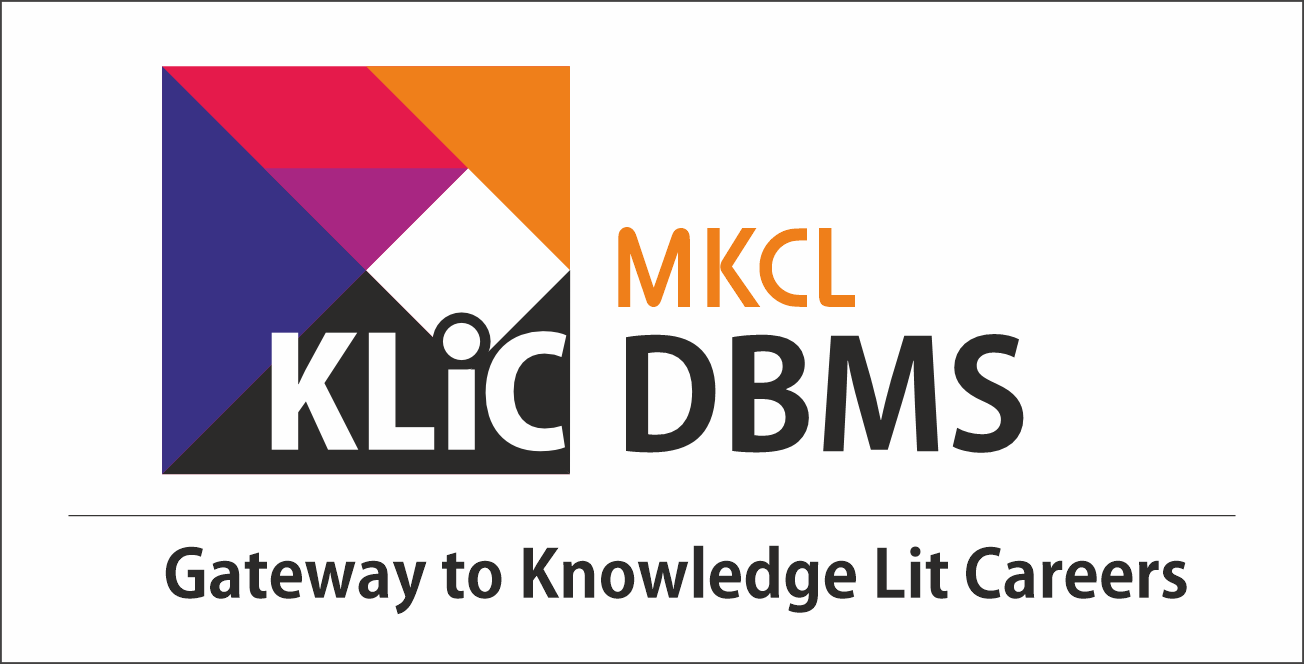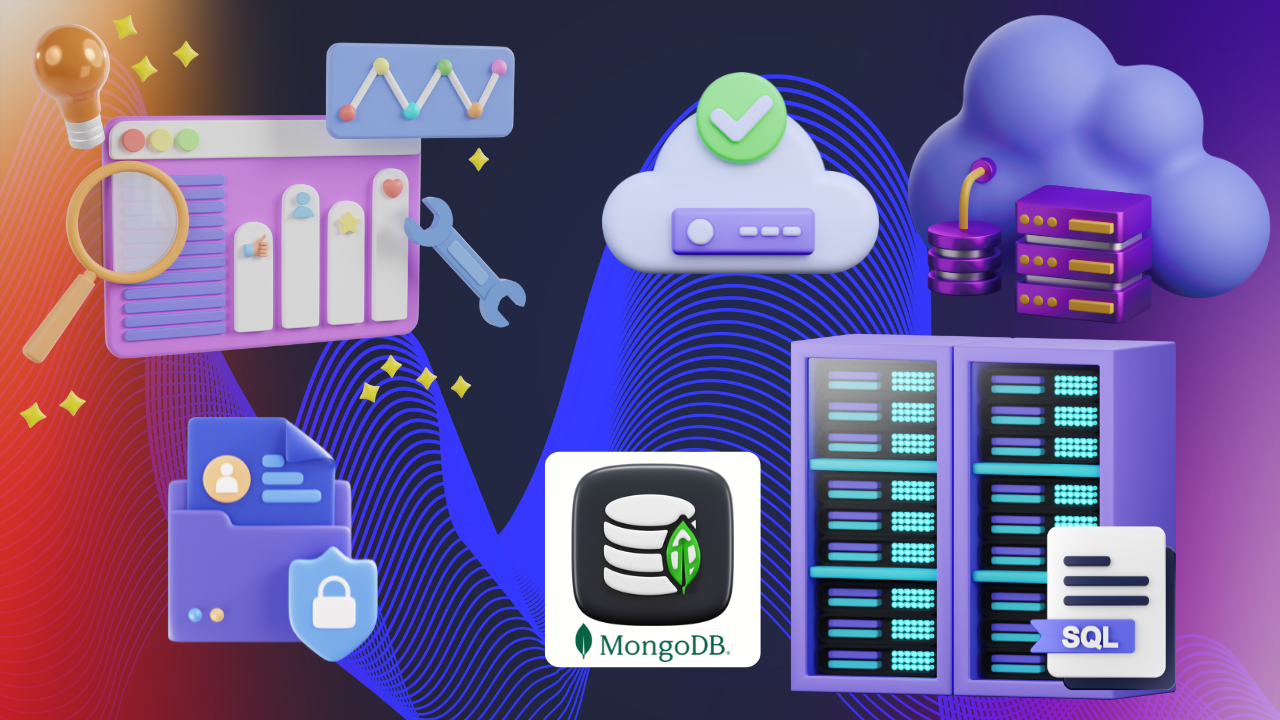- Explain the role of MySQL in web development and database-driven applications.
- Demonstrate how to install, configure, and manage MySQL databases for PHP applications.
- Apply SQL queries, including DDL (Data Definition Language) and DML (Data Manipulation Language) operations.
- Analyze relational database models, schemas, and entity-relationship (ER) concepts.
- Implement SQL joins, subqueries, and set operations to retrieve and manipulate data efficiently.
- Evaluate the role of indexing, primary keys, foreign keys, and constraints in database optimization.
- Create database views and nested queries to simplify data retrieval and manipulation

Foundations of MySQL and PHP
Connect PHP with MySQL to build basic data-driven web applications.
Introduction
What you'll learn ?
- Write and run SQL commands for creating, updating, and retrieving data from MySQL databases.
- Design relational database structures using appropriate data models and normalization techniques.
- Perform complex queries, including inner joins, outer joins, and subqueries.
- Implement indexing, keys, and constraints to improve query performance and data integrity.
- Construct views and nested queries to simplify database interactions.
- Apply ACID properties and manage concurrent database transactions securely.
- Integrate PHP with MySQL to build data-driven web applications.
Syllabus
- Introduction
- how to set up SQL SERVER
- How to set up SQL Management Studio
- Managing the Database
- Introduction
- Characteristics of SQL
- Advantages of SQL
- Backing & Restoring Data
- Sql in Real Life
- What is Database
- olap vs oltp
- structural vs procedural language
- Introduction
- History of DBMS
- Purpose of Database Systems
- Advantages of using the DBMS approach
- Controlling Data Redundancy, Elimination of Inconsistency
- Better service to the users, Flexibility of the System is Improved
- Integrity can be improved,Standards can be enforced,Security can be improved
- Organization's requirement can be easily identified,Provides backup and Recovery
- Disadvantages of using the DBMS approach
- DBMS and its applications
- Enterprise Information
- Banking and Finance
- Example of a Database (with a Conceptual Data Model)
- Simple example of real world entities and their relationships
- Types of SQL Commands
- DDL and DML
- Select and Where sql Command
- Check Constraint
- SQL Operators
- Sql Insert and Delete command
- Having SQL Commands
- SQL AVG, IN command and AS(Aliasing)
- SQL Order By Group By
- SQL Min & Max
- Sql Like, Count & Distinct
- SQL all commands with example
- SQL Insert and Delete command
- Introduction
- The Union and Intersect Operation
- Joins with Examples
- Introduction
- The Union and Intersect Operation
- Joins
- Joins with Examples
- Joinning two tables
- Joinning Three Tables
- Fetching the data and linking of different tables
- Example of Join
- The Except Operation
- Introduction
- Importance of Data Models
- Advantages of Data Models
- Relational Database
- Why RDBMS is important?
- File Management Systems
- Schemas , Domains and COnstraint
- Hierarchical Databases
- Network Databases
- Introduction
- Entity
- Weak Entity
- Strong Entity
- Attribute and Its Types
- Relationship
- One on One
- One to Many
- Many to Many
- Degree
- Advantages and Disadvantages of EAV model
- Relational Schema
- Cardinality
- Constraints in Relational Model
- Anomalies in Relational model
- Codd Rules
- Advantages of Using Relational Model
- Disadvantages
- Logical Views of Data & its Characterstics
- Attributes
- Tuples
- Keys
- Feature of Good Relational Model Design
- Null values
- Primary Key
- Queries with Example
- Unique Key
- Queries with Example
- Default Key
- Queries with Example
- Foreign Key
- Queries with Example
- Default Value
- Queries with Example
- Check Integrity Constraints
- Data Abstraction
- View Leval
- Conceptual Leval
- Physical Leval
- SQL Indexing
- Types of Indexing
- Primary Indexing
- Secondary Indexing
- Clustering Index
- Creating a Index
- Deleting a Index
- Indexing Strategy Guidelines
- Introduction
- Creation of views
- Selecting a Data From View
- Updating Views
- Destroying A view
- Nested Queries
- Complex Queries
- Example of Complex queries
- Set Membership
- Set Comparison
- Test for Empty Relations
- Introduction
- 1NF
- 1NF Example
- 2NF
- How to Decompose table in 2NF
- 2NF Example
- 3NF
- How to Decompose table in 3NF
- 3NF Example
- BCNF
- How to Identify BCNF
- BCNF Example
- ACID Properties
- Transaction States
- Lost Update Problem
- Serial schedule vs non Serial schdeule
- View and Conflict Serializablity
- Examples
Certificate
- MKCL provides certificate (for 30/60/90 hours courses) to the KLiC learner after his/her successful course completion.
Academic Approach
The Academic Approach of the course focuses on the “work centric” education i.e. begin with work (and not from a book !), derive knowledge from work and apply that knowledge to make the work more wholesome, useful and delightful. The ultimate objective is to empower the Learner to engage in socially useful and productive work. It aims at leading the learner to his/her rewarding career as well as development of the society.
Learning methodology
- Learners are given an overview of the course and its connection to life and work.
- Learners are then exposed to the specific tool(s) used in the course through the various real-life applications of the tool(s).
- Learners are then acquainted with the careers and the hierarchy of roles they can perform at workplaces after attaining increasing levels of mastery over the tool(s).
- Learners are then acquainted with the architecture of the tool or Tool Map so as to appreciate various parts of the tool, their functions and their inter-relations.
- Learners are then exposed to simple application development methodology by using the tool at the beginner’s level
- Learners then perform the differential skills related to the use of the tool to improve the given ready-made outputs.
- Learners are then engaged in appreciation of real-life case studies developed by the experts.
- Learners are then encouraged to proceed from appreciation to imitation of the experts.
- After imitation experience, they are required to improve the expert’s outputs so that they proceed from mere imitation to emulation.
- Finally, they develop the integral skills involving optimal methods and best practices to produce useful outputs right from scratch, publish them in their ePortfolio and thereby proceed from emulation to self-expression.
Evaluation Pattern
Evaluation Pattern of KLiC Courses consists of 4 Sections as per below table:
| Section No. | Section Name | Total Marks | Minimum Passing Marks |
|---|---|---|---|
| 1 | Learning Progression | 25 | 10 |
| 2 | Internal Assessment | 25 | 10 |
| 3 | Final Online Examination | 50 | 20 |
| Total | 100 | 40 | |
| 4 | SUPWs (Socially Useful and Productive Work in form of Assignments) | 5 Assignments | 2 Assignments to be Completed & Uploaded |
MKCL’s KLiC Certificate will be provided to the learner who will satisfy the below criteria:
- Learners who have successfully completed above mentioned 3 Sections i.e. Section 1, Section 2 and Section 3
- Additionally, learner should have completed Section 4 (i.e. Section 4 will comprise of SUPWs i.e. Socially Useful and Productive Work in form of Assignments)
- Learner has to complete and upload minimum 2 out of 5 Assignments
Courses Fee Structure from 01 July, 2025 Onwards
KLiC 30 hour course fee applicable from 01 July, 2025 all over Maharashtra| KLiC Course Duration | MFO: MKCL Share (Including 18% GST) |
ALC Share (Service Charges to be collected by ALC) |
|---|---|---|
| 30 hours | Rs. 300/- | Rs. 1,500/- |
Important Points:
* Above mentioned fee is applicable for all Modes of KLiC Courses offered at Authorised Learning Center (ALC) and at Satellite Center
* Total fee is including of Course fees, Examination fees and Certification fees
* MKCL reserves the right to modify the Fee anytime without any prior notice
* Above mentioned fee is applicable for all Modes of KLiC Courses offered at Authorised Learning Center (ALC) and at Satellite Center
* Total fee is including of Course fees, Examination fees and Certification fees
* MKCL reserves the right to modify the Fee anytime without any prior notice
